A PERSPECTIVE ON “KIDS AT THE BORDER” SITUATION
Intentionally my partner and I have chosen to wait a couple of months after the initial “crisis” to write about this issue in order to read, process, and digest as much information as possible before reacting and sharing our thoughts. NOTE: Many of the facts listed below are gleaned from the Salvadoran perspective during a July 28, 2014, webinar. Presenters included Marcos Galvez, president of CRIPES, Association of Salvadoran Development, and Blanca Flor Bonilla, International Relations Secretariat of the FMLN.
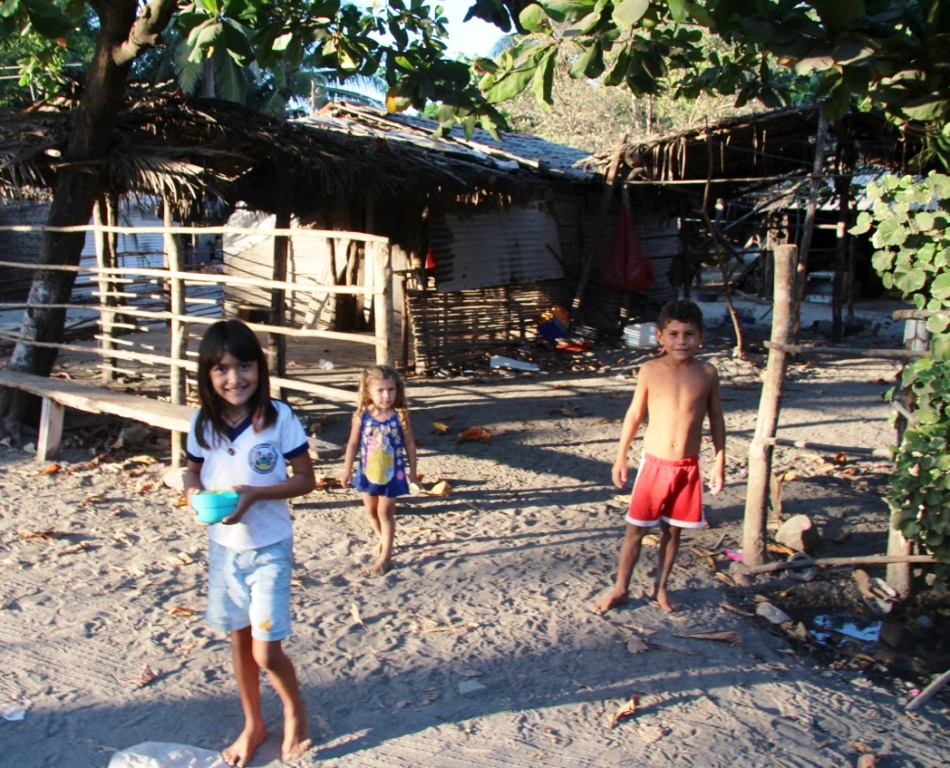
TERMINOLOGY: Does it seem strange to anyone else that the U.S. news media carefully selects terminology to create certain positive or negative feelings about a topic? Listen to the words the media use to describe children crossing the Rio Grande. Each day someone is inventing a new term for this group: illegal immigrants, illegal aliens, undocumented youth/minors, undocumented refugees, unaccompanied youth/minors, unaccompanied minors seeking asylum, unauthorized illegals.
We will eliminate these derogatory adjectives, and choose “kids at the border” to note simply their age bracket and location.
Another media term, “border war,” seems designed to force readers and listeners to choose sides. When did our nation, regardless of religion or political persuasion, become so unwelcoming, so uncaring that innocent children facing violence, children with no ulterior motive, children who simply want to live a normal life are considered to be at war with us? One anti-immigration commercial advocated the building of a 700-mile fence to “strengthen our border.” Such inflammatory media terms seem designed for the purpose of baiting the public against one another in a political realm rather than taking part in a joint humanitarian solution.
What are we so afraid of? One source dreamed up the “illegals” bringing disease into the U.S. We checked and found out that Salvadorans receive their series of immunizations as babies free of charge on a routine basis. We wonder what excuses they will drum up next.
Today’s media term, “chaos and crime,” didn’t seem to fit the photojournalism pieces shown on TV which portrayed orderly lines of thin, mannerly children, not avoiding the U.S. officials, but reaching out to them in hope.
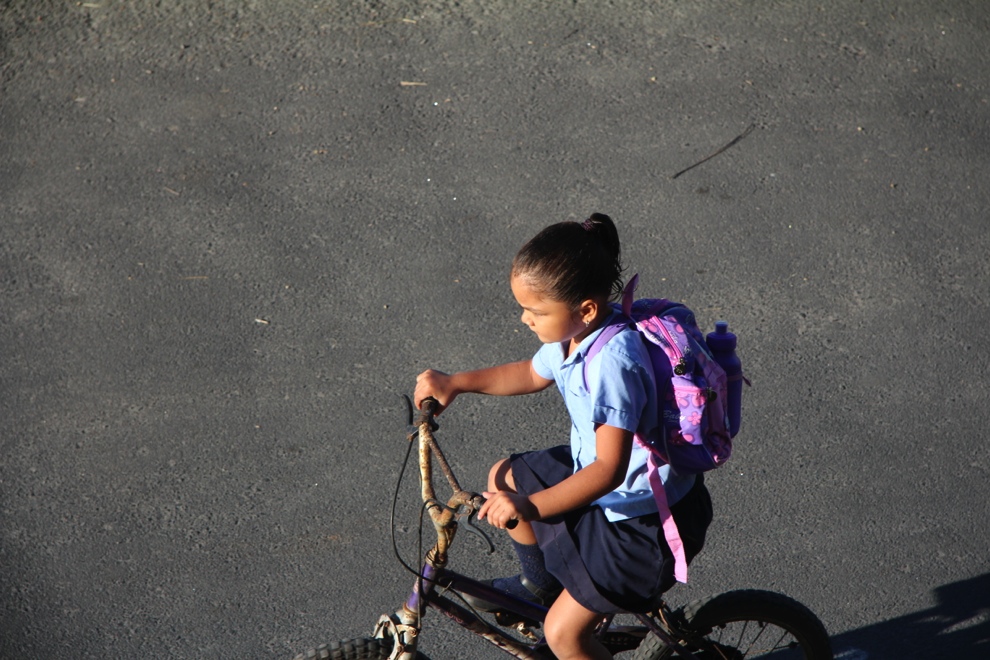
The media treat this current issue as a new phenomena. It is not new. In the 1980’s the U.S. welcomed Central Americans fleeing their countries whose governments were threatening their lives. Lutherans, located mainly in border states, were at the forefront of the sanctuary movement then. The situation is now re-surfacing with large groups of children. How and why did we as a nation became so insensitive to the plight of others’ needs within a period of less than 35 years?
Another frustration is the discovery that our political representatives seem not to understand, or perhaps not want to understand the issues for which they are responsible to enact legislation. The following is part of a response from my representative to my letter asking him for fair and humane treatment at the border. He writes:
. . . “there has been no sudden uptick in violent activity in Central America to explain why tens of thousands of people have all made the same decision to enter the United States at the same time. Rather, these children are entering the U.S. as a result of President Obama’s Deferred Action for Childhood Arrivals policy, or DACA, which essentially dictates that he will not deport anyone who is 30 years of age or under, and who claims to have been brought to the United States while under the age of 16. Word of this policy has spread to Central America and the people there are being told that if they make it to the United States, they will not be asked to leave. This is, in short, a blanket “Welcome Mat” policy that has served as an open invitation to break our immigration laws.”
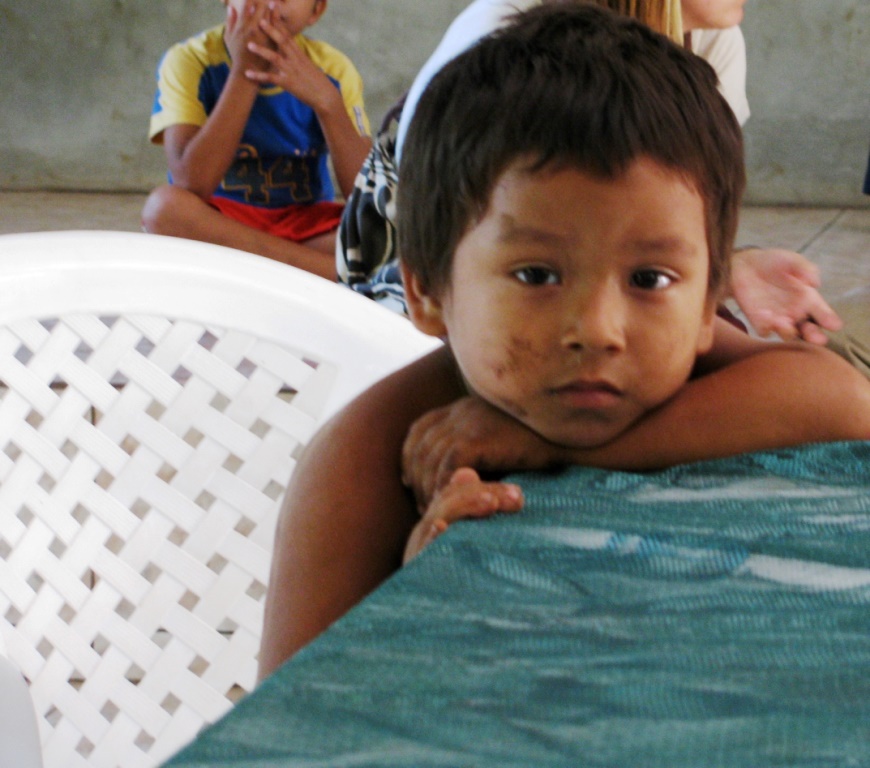
Disappointed that this elected public representative was so misinformed and more concerned with maintaining a partisan viewpoint, I sent him some of the following information to challenge his callous remarks and to make him aware of the real reasons these people migrate.
CAUSES OF SALVADORAN MIGRATION: According to reputable SALVADORAN statistics, the three primary reasons for Salvadorans’ leaving their country are in this order: (1)desire to reunite with family members already in the U.S., (2)economics, and (3)violence in the country. Statistics from interview results validate this. Between 2013 – 2014 interviews were conducted with 3,515 immigrants to determine their motives for leaving. 41% said for re-unification; 28% said for economics; 10% said for violence.
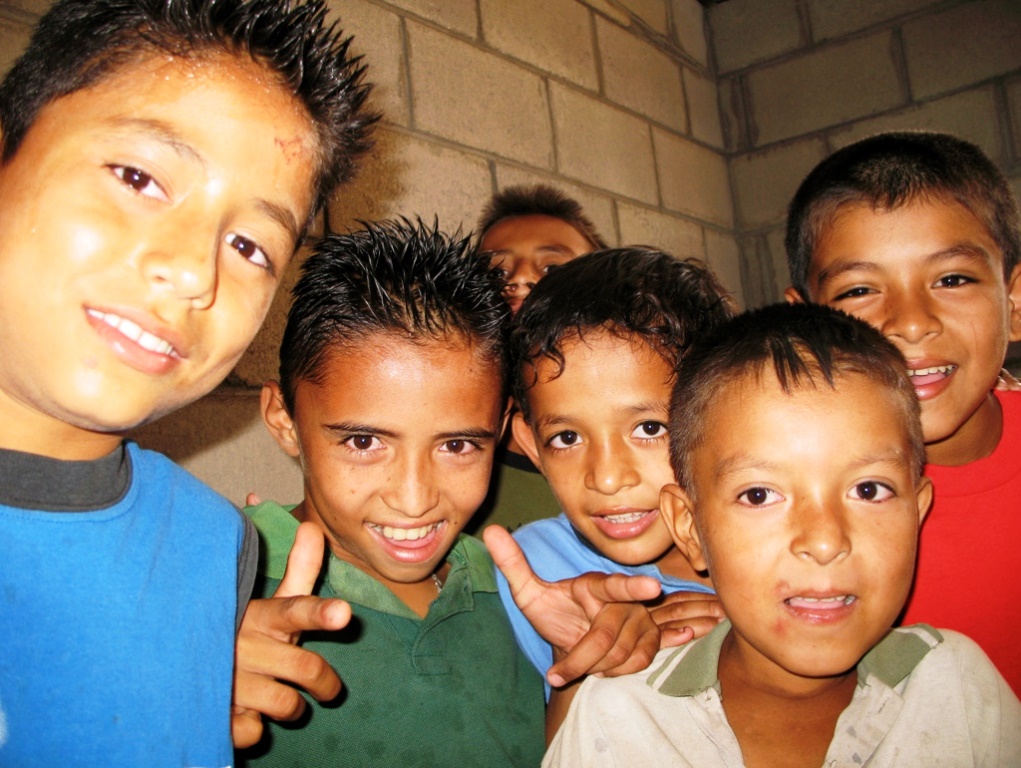
Regarding the desire to re-unite with families: Remember that during the Salvadoran civil war many people emigrated to the U.S. for safety purposes and or for political asylum. Many never returned to El Salvador, thus splitting up families who long to be re-united. Between the signing of the Salvadoran Peace Accords in 1992 and 2009, over 2 million Salvadorans have emigrated to the U.S., which is double the number who left during the war. Of those who came to the U.S., a majority went to Los Angeles and ended up in gangs. When these individuals were later deported, they took their gangs back to El Salvador with them. Gang rivalry between the same two gangs formed in Los Angeles is the root of the violence today in El Salvador.
Regarding the economic opportunities: The NAFTA and CAFTA trade agreements have NOT had the positive outcomes that the U.S. promised the Salvadorans. All speakers cited how detrimental the agreements have been to both the agricultural sector and to the artisan sector of the working population. IMMEDIATELY (overnight, in fact) after the trade agreements were signed, 200 local businesses were forced out of business. These agreements favor large trade and discourage the small local types of business common in a small developing nation such as El Salvador. (Note: We have heard this over and over again by many sources we interview.) Also, often the youngest or most physically fit family member goes north to try to get a job in order to send money (remittances) back for the rest of the family to survive. Remittances make up a large percentage of the Salvadoran economy.
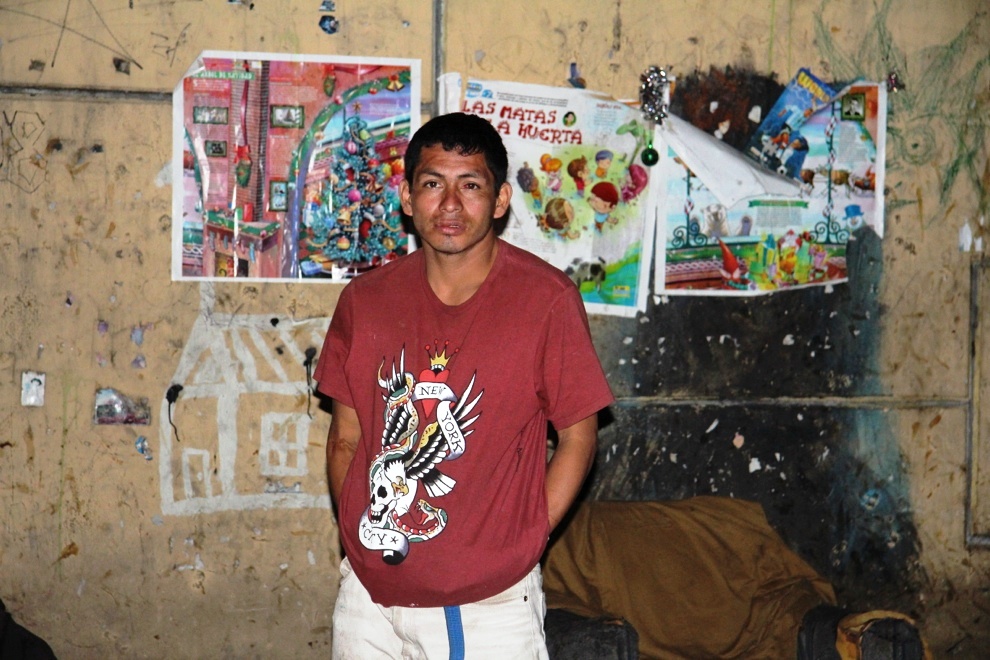
Regarding violence: The organized gangs are very real. The two major rival gangs (maras), MS-13 and Barrio 18, actively recruit youth. Some families interviewed were too fearful to even verbalize the term mara, fearing repercussions to them or their children. Gangs infiltrate all areas of the country from the common family unit up into any kind of business where they demand renta (extortion). (Sadly the weapons gang members use often come smuggled from the U.S. where they are easier to obtain.) Once a person commits to a gang, the gang expects total and lifelong allegiance. It is natural for families to want to protect their children from that life. Perhaps when biological families are reunited, there will be less need for kids to seek out the gangs to be their substitute families.
Besides the dangers involved on the journey itself, it should be noted that the price of hiring a series of coyotes (guides) to get to the U.S. is not cheap. It continues to climb to exorbitant prices of $6,000 to $7,000+. This is not easy for poor families to afford. This tells something about their level of desperation.
Other statistics tell us: 50% of all children in Central America live in poverty;
38% of children live without one or BOTH parents;
5200 children and adolescents in Central America were assassinated between 2005-2011;
80% crime in Central America is directly related to the drugs FROM the U.S., not vice versa.
WHAT CAN WE DO? The Salvadoran panel felt that the U.S. AND El Salvador must act jointly as agents of peace-building, not as agents of violence. It is our responsibility as countries to give the children the fair and humane treatment they deserve. We must try to find solutions together.
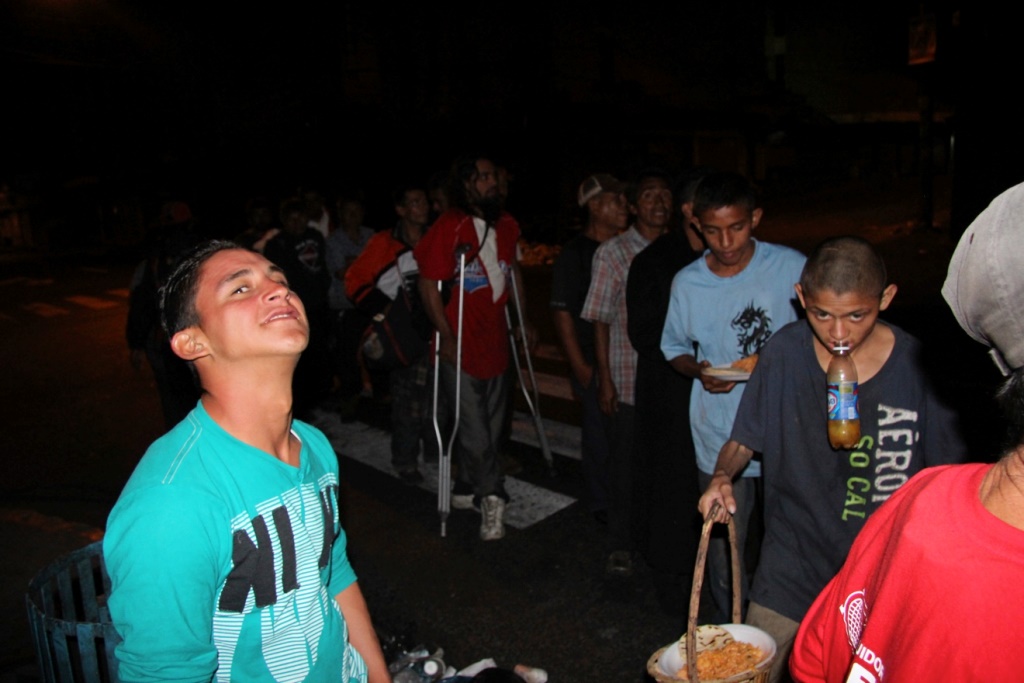
The U.S. has a 4-step law in place that must be followed when someone enters the country. At the end of that process, the child must be re-united with his family within 72 hours. That is often ignored; the government needs to be held accountable.
The children need to receive humane treatment for their basic rights. If that right is denied or violated, the U.S. is violating its own Constitution. A child who is seeking his parent in the U.S. and is returned to El Salvador by deportation is denied the support of his family and most likely returns to a life of crime.
This panel encouraged U.S. citizens to call the White House and their elected representatives immediately. In El Salvador there is in place a big campaign strongly discouraging youth from making the trip north by explaining the risks that frequently happen along the way: organized crime, kidnapping, etc.
Another way that helps provide a more well-rounded feel on an issue is to seek perspectives from sources other than U.S. news media. Many blogs are dedicated solely to Central American issues. (They are monitoring the migration issue closely.) Tim Muth reports trustworthy, reliable, and valid material citing current Spanish sources.
2. Advocacy groups abound and accessing your own political representatives to voice your opinion is important.
3. For updated information on this topic, see this interesting article: bishopmike.com/2014/07/18/a-visit-with-children-at-the-border
4. For personal reflections at the border, see Rev. Stephen Bouman’s blog at: www.elca.org/News-and Events/blogs/ELCALutheranDisasterResponse/263
6. www.elsalvadorsolidarity.org
OUR BORDER?
As a country we freely spend huge amounts of money in humanitarian aid elsewhere in the world in token gestures with media showing airdrops of packages to fleeing refugees crossing OTHER borders across the ocean, and then we pat ourselves on the back for a job well-done. However, when refugees with the exact same problems and issues attempt to cross OUR borders, we are quick to build walls . . . 700-mile walls . . . send armed patrols, establish anti-immigration laws, call it a “war on the border,” deport them back to the same devastating situation they left, AND lawmakers leave for a 5-week recess to vacation with their children! How is the Central American situation any different than the Iraqi or Syrian people fleeing ISIS forces? One news commentator claimed that the U.S. border situation is unlike anything since Biblical times. The video in the Middle East showed a string of people walking single file, carrying a few possessions trying to cross the border out of Iraq. We do not envy anyone escaping the inhumane treatment of the ISIS forces. But to say this has not happened since Biblical times is sadly just WRONG! The reports told how people were lining up to be shot and then beheaded.
Central Americans have been experiencing that same brutality for generations–first by the Spaniards, then by wealthy landowners, by a series of military dictatorships, more recently by military, and now by big business and gangs. In fact, during the Salvadoran civil war, the military carried out atrocities of bayoneting pregnant women, beheading men and placing their heads on the gates of the villages, throwing up the babies and shooting them in mid air. Salvadorans were strafed by helicopters while trying to swim across the border into Honduras. All these atrocious acts against innocent victims of war were funded by millions of dollars from the U.S. government; the leaders even trained at Fort Benning, Georgia’s School of the Americas. (Approximately 80,000 victims, most of whom were innocents, died in that war.) Don and I have personally interviewed numerous individuals who have witnessed or been victims of these atrocities.

WE CAN DO BETTER:
The United States of America can do better than show indifference, apathy, fear, and hostility. The nation can show compassion and help find positive and constructive ways to address a tough issue for both sides of the river.
Certainly we cannot absorb every person trying to enter the U.S. Over the past three decades El Salvador has lost ¼ of its population to emigration. It is a serious situation. But let’s not declare war. Let’s not hold them as prisoners without rights until we can deport them. We can do better.
Americans have the resources and capacity to view our foreign policy in Latin America in a way that is sensitive and respectful of one another’s needs and culture. We can work together with the Central American countries to reach a joint solution that will allow families to stay together. We can find a solution that will create a better economic situation than the current dysfunctional CAFTA/NAFTA trade agreements have done. We can work to create more employment opportunities for Salvadorans within their own country. With more jobs the positive benefit should ultimately reduce the role of the gangs, thus reducing the amount of crime and violence.
We CAN do better.


